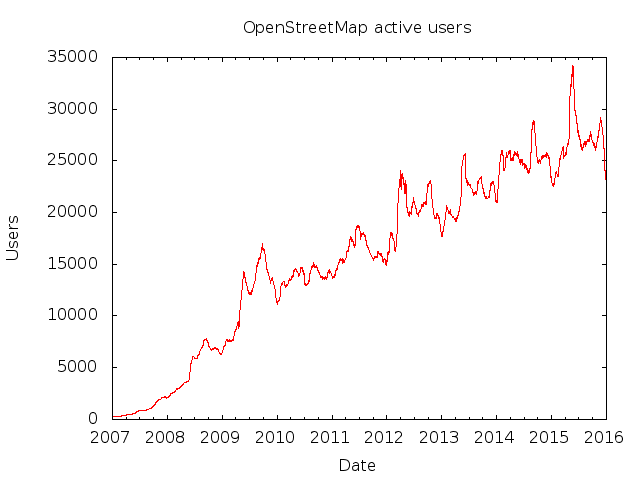This is a repost from my blog because there’s been a fair amount of interest from OSM people on what I wrote.
If you want to serve vector tiles, there are a few server options that have developed, each with different strengths and weaknesses.
node-mapnik based
Language: nodejs
Layer definitions: Mapnik layer definitions in XML, typically preprocessed from YAML
Vector tile formats: Mapbox Vector Tiles
Data source support: PostGIS
Kartotherian, tessera, and other servers based on tilelive all rely on Node bindings to Mapnik to produce vector tiles. They all work with Mapnik layer definitions. This is a reasonably well understood language and consists primarily of a SQL statement for each layer. This is reasonably flexable and it’s possible to do proper code review, git conflict resolution, and other processes you need with an open style.
Some servers can turn the Mapbox Vector Tiles into GeoJSON, but not all do. There are other minor differences, but they all have the same major advantages and disadvantages.
The biggest problem with these options is that you have to either use the exact same versions of everything as the Mapbox developers while hoping their changes work with your code, or lock down your versions to a set of known good versions and periodically update when you need new features, retesting all your code. Neither of these is practical for an open-source style which wants to involve others.
If you don’t do this, you’ll find parts of your server failing with different combinations of Mapnik and node-mapnik.
Tilezen tileserver
Language: Python
Layer definitions: SQL in jinja2 templates, YAML
Vector tile formats: Mapbox Vector Tiles, TopoJSON, and GeoJSON
Data source support: PostGIS
Tilezen tileserver was written by Mapzen to replace their TileStache-based vector tile generation. Having been written by developers who wrote previous vector tile servers, it combines ideas and functionality other options don’t have.

